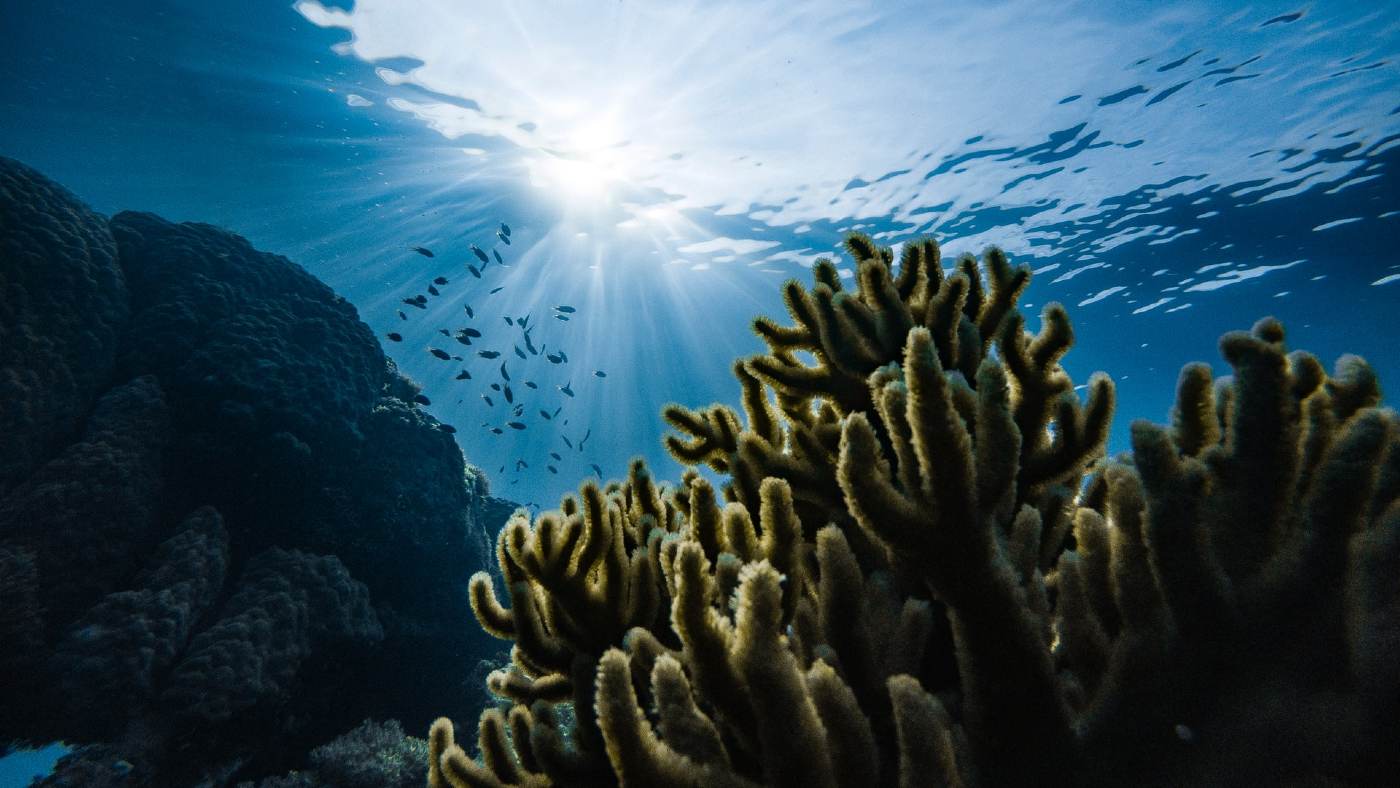A new, more sustainable way to make zinc oxide—a key ingredient in many high end health and beauty products such as sunscreens—has been developed by British researchers. The new technique has the potential to revolutionize the raw materials industry.
Many high end personal care products, such as moisturizers, shampoos, soaps, and sunscreens, are made with zinc oxide as they appeal to consumers who are keen to avoid chemical-based products.
However, the cost of these products puts them out of reach for most; and as such, globally most people opt for cheaper products, many of which contain chemicals that are hugely damaging to the environment.
In the case of sunscreens, the cheaper products often contain chemicals that have a devastating impact on marine life, such as the bleaching of corals. The high end products, even though they don’t contain chemicals that are damaging to marine life, are still bad for the environment as the current method to produce zinc oxide requires a huge amount of energy.
Leader researcher Dr Kyra Sedransk Campbell, at the University of Sheffield, said: “The reality is that existing chemical-based sunscreens are damaging our fragile marine ecosystems, effectively killing coral reefs.
“Bans are already being put in place—but not fast enough. Whilst zinc oxide is a known alternative, in fact it was the original UV-blocker, it currently is a high-end option you might struggle to find in your local chemist.
RELATED: Airline is Protecting Hawaiian Coral Reefs By Giving Free Non-Toxic Sunscreen to Tourists
“The challenge is cost without sacrificing consumer expectations. The new process we have developed has the potential to hit those points, and more. Our process is a sustainable, green, low energy method that can make zinc oxide. What’s more is that we are cost competitive. Taken all together it is about using our know-how in the lab to protect our planet.”
A new way of making zinc oxide
Zinc oxide is produced in two ways. Firstly, in mass, using extremely energy intensive processes creating generic materials. Secondly, using specialty smaller scale manufacturing that creates specific materials at a high cost and a large environmental footprint. There is a £4 billion ($5.6 billion) zinc oxide market which continues to grow because of its ubiquity in products ranging from personal care products, to batteries, tyres, and sensors.
The research team, from the University of Sheffield and Imperial College London, has discovered a new way to make the zinc oxide particles using far less energy and a flexible manufacturing method that can enable production of a wide range of particle types. This is very unusual for a wet-chemistry method in which analyzing is done in the liquid phase.
MORE: Scientists Discover How to Make Eco-Friendly Sunscreen From a Source of Food Waste: Cashew Shells
The team has now launched a spin out company to commercialize the technique; the company’s first target is developing the active ingredient to make reef-safe and affordable sunscreen. The spinout, Nanomox, is looking for an industrial partner to help bring the product to market. That’s hopeful news for coral reefs, and the planet, indeed.
Source: University of Sheffield
Share the Good News With Your Friends On Social Media…




















